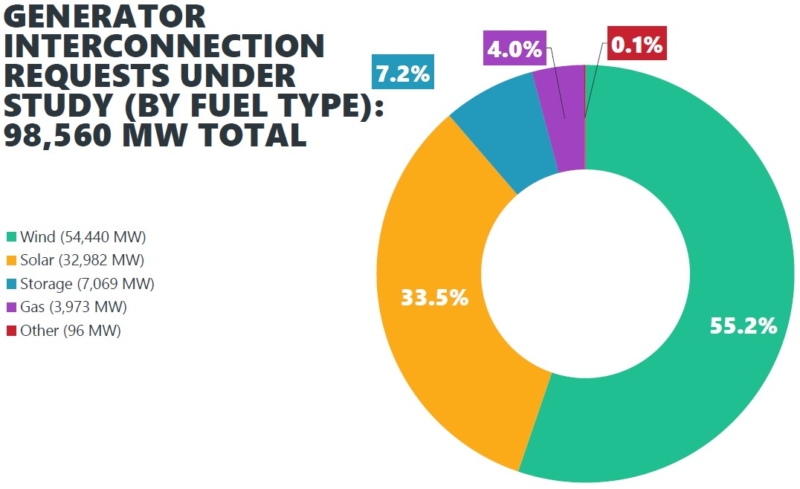California Green Blackouts/Market Price Spikes Remind Us to Remain Diligent
As many of you probably have heard, the State of California experienced another energy crisis with rolling blackouts and energy price spikes brought on by some extreme hot weather. On Friday, August 14, the California Independent System Operator, (the Southwest Power Pool for California) directed the three largest utilities in California to shed load. To comply, these utilities implemented rolling blackout to over 400,000 homes and businesses. The State has averted more blackouts by issuing “Flex Alerts” to the general public pleading for conservation efforts of its customers.
 |
 |
In addition to rolling blackouts, the day-ahead energy prices have spiked to over $1,000 per MWh, nearly 50 times the normal rate of $20 per MWh.
What were the reasons for these events? There are many folks that are weighing in on this question:
- Unprecedented scorching hot weather
- California’s quick pace to move to renewables, especially solar (in fact some are calling it the California Green Blackout
- Unavailability of power resources, both renewable generation as well as the fossil-fueled plants, due to forced outages or other circumstances
- Early retirement of the fossil-fuel plants (coal, gas)
- Too much reliance on power that is imported from other States
- Lack of storage
Most likely, the answer is a combination of all of these factors.
What can we, us Midwesterners, learn from this? This is a timely question.
It is very easy to get comfortable and not worry about events that are taking place in California with the current energy market in the Midwest. Energy prices have been very low and stable for nearly a decade with the start of the organized energy markets. We have ample power supply reserves and reliability has been good.
But we are experiencing a huge change in where our power is generated (just like California). Wind is tracking this year to surpass coal as the leading energy producer in the Southwest Power Pool. There are over 54,000 megawatts of wind and 32,000 MW of solar resources that have requested to interconnect to the grid in the Southwest Pool. Less than 4,000 MW of new gas resources is currently in the interconnect study queue.
 |
Obviously, not all of this generation is needed or will be built, but what is obvious, the continued transition from coal and gas to renewable will continue. And this may happen at a rapid pace. Southwest Power Pool has historically been very diligent with their number #1 goal to preserve the reliability of the transmission system and to make sure we have the necessary power generation to serve the load. They have done well for the region to date.
In addition, we, at KMEA and within our membership, must remain diligent in our future power supply choices. We have always preached that diversity is paramount. A diverse portfolio includes multiple resources, multiple fuels, diverse in location, and it also highlights the benefits of city-owned generation. This diversity may not produce the lowest price in the short term, but it will produce the most stable and reliable supply for our residents and businesses.


